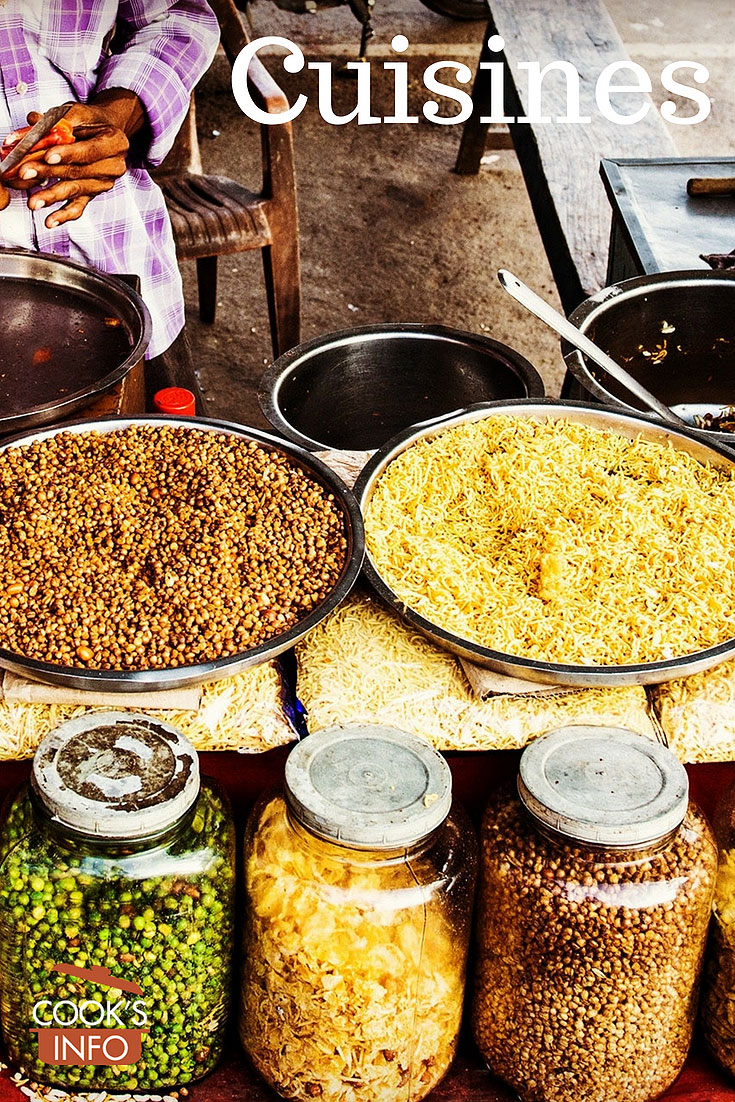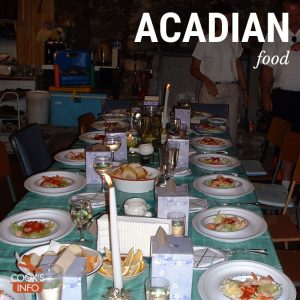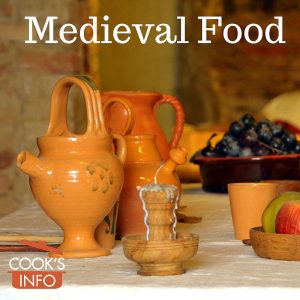
NeoSiam / pexels.com / CC0 1.0
In English, the word cuisine is a term used to define the expression of identity and culture through food of people in a particular grouping or in a particular geographic area.
What is the definition of cuisine
Oddly, the two “goto” guides in English for culinary definitions, The Larousse Gastronomique, and the Oxford / Penguin Companion to Food, have no entries on the word “cuisine.”
The OED defines a cuisine as “a manner or style of cooking”. The Macmillan dictionary says, “a particular style of cooking food, especially the style of a particular country or region”.
The notion of a cuisine incorporates ingredients, practices, taste preferences and, sometimes, restrictions, coming from religious or moral prohibitions, or other taboos. These elements come together in a framework of techniques, habits and expectations that form a unique, distinctive, coherent whole that differs from other frameworks that have emerged out of other settings.
The production, preparation and eating of food is “inherently a part of the culture of a particular country and… does not solely depend on its quality but [is] also infused with human culture, including religion.” [1]Ting, Hiram & Tan, Sharon & John, Alexandra. Consumption Intention toward Ethnic Food: Determinants of Dayak Food Choice by Malaysians. Journal of Ethnic Foods. Vol. 4, Issue 1. March 2017. Pages 26. https://doi.org/10.1016/j.jef.2017.02.005
Cuisines offer a range of values to diners
Cuisines evolve over time to offer food that is nutritious and safe for the context of the societies in which they emerge. Central American cuisines developed the technique of nixtamalization to release the niacin in corn and prevent pellagra. Cooks in India developed the technique of clarifying butter to make ghee, allowing the safe, long-term shelf-stable storage of butter in a warm climate.
Identification with a cuisine provides people not only a coherent diet for nourishment while providing pleasure, but also supports emotional, spiritual, moral, and even intellectual values they might hold.
Cuisines and geography
When bound with a geographic location, a cuisine is typically considered to be characteristic of that region. Typically, a cuisine is tied to a geographic area, but this is not always the case. Jewish cuisines practised in Europe and the U.S. are now quite distinct from that which is practised in Israel, and vegetarian and vegan cuisines are tied to belief systems, rather than geography. Some cuisines, such as Belgian, can be a merger of cuisines (even if that is far from the case with the linguistic groups they spring out of.)
Many cuisines that we think of as unified wholes such as Chinese, French, Italian or even American are actually umbrella classifications for strong regional cuisines.
Traditional vs emerging ingredients in a cuisine
Typically, cuisines feature traditional food items, but newer cuisines which have appeared (such as vegan) may be quick to embrace new emerging food types such as plant-based meat analogues. Older cuisines can also evolve to absorb new food items made available to them, as many European cuisines did to embrace the potato. And they can lose elements along the way: in the middle ages, English cuisine had a rich plethora of sauces which have mostly been lost and replaced by today’s bottled industrial ones.
One might assume that the ingredients typical of a cuisine would always traditionally have been ones that were produced locally, but that is not always true. While locally produced ingredients will obviously have a core influence for economic reasons (thus in northern Europe, cold-hardy spices such as caraway, dill and mustard would be used in everyday cooking instead of tropical ones such as allspice, cinnamon or nutmeg), trade routes existing for thousands of years can also have embedded the naturalization of a foreign spice into a culture’s cuisine, such as cardamom into Swedish baking and cloves and mace into Acadian meat dishes.
The rise and fall of cuisines
Most cuisines have existed for centuries, and some for millennia, but new ones emerge over time, such as American and Australian. Some die out, such as Roman did.
Some codified cuisines, such as French haute cuisine, are ones constructed at a particular moment in time, drawing on elements that are refined, defined and recorded to enable faithful reproduction of the canon with minimal variances over time, though challenges to the canon will invariably arise.
Other meanings
The world cuisine can also be used to refer to a stylistic range of food. The French phrase “haute cuisine” means very elegant food; “la cucina povera”, an Italian expression, means essentially “poor people’s cooking.”
In French, from where English has borrowed the word “cuisine”, the word holds a second meaning of “kitchen”, as in the physical part of a building in which one does the actual cooking.
A database of cuisines
Acadian Food
American Food
Australian Food
British Food
British Wartime Food
Byzantine Food
Cajun Food
Canadian Food
Chinese Food
Egypt (Ancient)
Food in Ancient Greece
French Food
Gascony Cooking
German Food
Greek Food
Irish Food
Irish Food (Northern)
Italian Food
Japanese Food
Jewish Food
Lancashire Food
Medieval Food
Mexican Food
New Zealand Wartime Food (WWII)
Norwegian Food
Québecois Food
Raw Foods
Roman Food
Scottish Food
Sicilian Food
Slow Food
Southern Food
Spanish Food
Tex-Mex Food
Turkish Food
Tuscan Food
References
| ↑1 | Ting, Hiram & Tan, Sharon & John, Alexandra. Consumption Intention toward Ethnic Food: Determinants of Dayak Food Choice by Malaysians. Journal of Ethnic Foods. Vol. 4, Issue 1. March 2017. Pages 26. https://doi.org/10.1016/j.jef.2017.02.005 |
|---|






